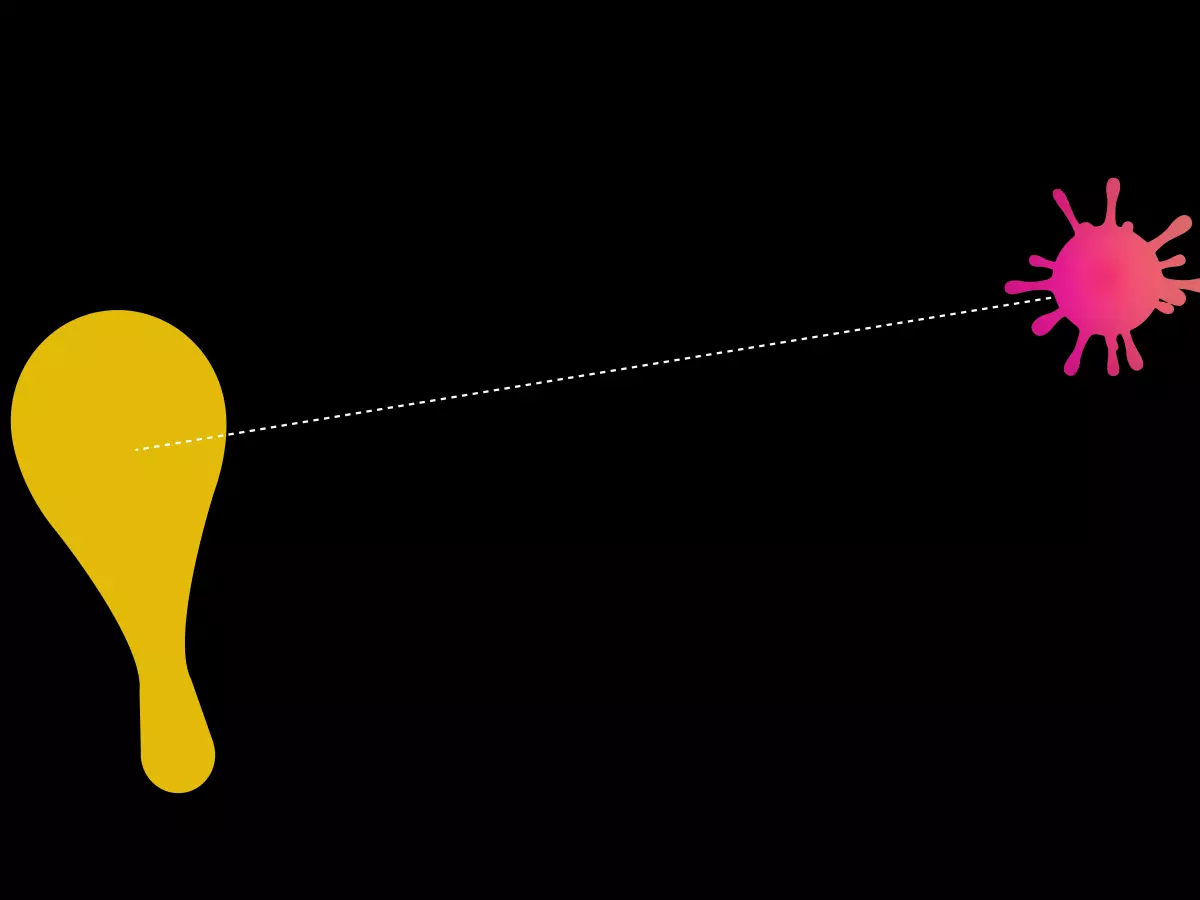Phishing and Session Hijacking
Cybersecurity is losing ground to two evolving threats: phishing and session hijacking.

By Nina Schmidt
Despite the billions of dollars being poured into cybersecurity, phishing attacks are still thriving. You’d think with all the advanced solutions out there—AI-driven threat detection, multi-factor authentication (MFA), and more—cybercriminals would be running out of tricks. But nope, phishing is getting worse. And, to make matters even more terrifying, session hijacking is making a comeback, with attackers bypassing MFA like it’s a minor inconvenience.
Let’s break it down. Phishing is still the go-to method for cybercriminals because, well, it works. According to Hackernews, phishing attacks continue to rise despite the deployment of sophisticated anti-phishing tools. Why? Because phishing isn’t just about tricking you into clicking a shady link anymore. Attackers are getting smarter, using social engineering tactics that are way more convincing than the old “Nigerian prince” emails. They’re targeting specific individuals, crafting emails that look like they’re from your boss, your bank, or even your favorite online store. And if you think you’re too smart to fall for it, think again—phishing attacks are becoming so tailored that even the most cyber-savvy among us are getting duped.
But wait, there’s more! Just when you thought MFA was your ultimate shield, session hijacking swoops in to ruin your day. Session hijacking isn’t a new technique, but it’s become a lot more popular recently. Attackers are now targeting session cookies—the little bits of data that keep you logged into your accounts—at a rate that rivals traditional password-based attacks. According to TheHackersNews, Microsoft detected a whopping 147,000 token replay attacks in 2023 alone, marking a 111% increase from the previous year. And Google? They’re seeing session cookie attacks on the same scale as password attacks. Yikes.
So, what’s the solution? Well, it’s complicated. For phishing, the key is education. Companies need to train their employees to recognize phishing attempts, and individuals need to be more skeptical of unsolicited emails, even if they look legit. As for session hijacking, the solution isn’t as straightforward. MFA is still crucial, but it’s not foolproof. Security experts are now recommending additional layers of protection, like monitoring for unusual session activity and using hardware-based security keys that are much harder to compromise.
Looking ahead, the future of cybersecurity is going to be a constant game of cat and mouse. As long as there’s money to be made, cybercriminals will keep evolving their tactics. Phishing and session hijacking are just two examples of how attackers are adapting to the latest defenses. The next big threat? Who knows. But one thing’s for sure: cybersecurity professionals will need to stay on their toes, and so will the rest of us.
In the end, it’s all about awareness and vigilance. The more we know about these evolving threats, the better equipped we’ll be to defend ourselves. So, stay sharp, stay informed, and don’t get caught in the phishing net or have your session hijacked!





